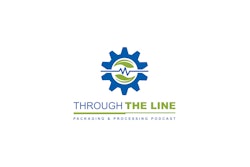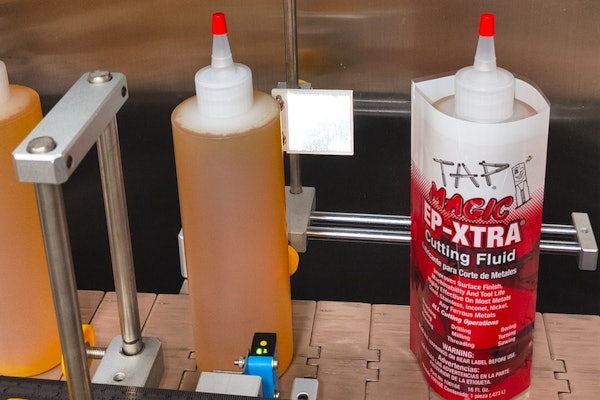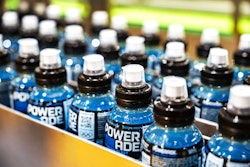As the importance of climate goals grows, companies are taking steps to reduce their carbon footprints and limit greenhouse gas emissions. Reducing packaging emissions can help reduce Scope 3 impacts and help companies on their journey to net zero emissions. Packaging decarbonization is the process of reducing greenhouse gas emissions generated at every stage of the package life cycle. The focus areas where packaging can make impactful changes are material reduction, material selection, transportation, and end-of-life.
Let’s examine each of these areas in a bit more detail.
Material reduction
Reducing material is the most straightforward method for reducing packaging emissions, either through using lighter weight materials or reducing the material area. Lightweighting to thinner materials is the least noticeable consumer change but requires extensive testing to make sure performance still meets requirements. While this does not result in dramatic weight changes when multiplied across high volumes, these changes result in significant reductions and cost savings.
Material suppliers are constantly improving their offerings with new high-performance material options with lower weights. Structural design changes to remove material can be minor changes or dramatic redesigns. This can be done through sizing changes, removing materials, or completely changing the packaging style. If the product can be packaged more efficiently or equipment has changed, you may be able to change your packaging designs from when they were first created. Look at options to make slight size reductions, remove flaps, remove an insert or window, change the closure method, or change to display ready packaging.
Material selection
Traditional packaging materials typically come with high carbon footprints due to energy intensive extraction and processing. Switching to lower impact renewable materials can reduce emissions by using paper-based materials or mono-materials. Packaging made from recycled plastics or paper uses less energy during production and produces fewer emissions. Incorporating post-consumer recycled (PCR) content also diverts material from landfills and reduces virgin material use.
Transportation
Optimizing finished goods and packaging material transportation systems can greatly impact emission reductions. You can reduce trucks and containers with improved pallet efficiency through count changes, size reductions, and nesting. Reducing pallet weights by using less packaging can reduce the overall truck weight and therefore fuel usage. Decreasing shipping distances across the supply chain, from suppliers to manufacturers to end customers, will also reduce fuel usage. Another option to consider is changing to lower-emission transportation types such as rail and electric vehicles.
End-of-life
Designing for end-of-life means creating packaging that is actually recyclable or compostable in real-world conditions. Packaging’s end-of-life management directly influences its overall carbon footprint. Recyclable, compostable, and biodegradable materials have lower emissions factors where infrastructure is available.
Additionally, using recyclable mono-materials will ultimately reduce the amount of virgin materials needed. Most importantly, ensuring that materials are clearly labeled for end-of-life will help simplify recycling for consumers and assist in directing packaging to the correct waste stream.
All these focus areas are interconnected and affect each other. A full Life Cycle Analysis (LCA) is the best way to do an in-depth analysis to decide the best overall change options for decarbonization. In the future, many packaging changes will be needed to support these emission reductions, which will be critical to this journey. Packaging will lead the way by driving the design work, identification and testing of changes, production implementation, specification development, and sustainability data tracking. With continued innovation, packaging can make many significant contributions to decarbonization.
As companies align their strategies with climate goals, all these packaging focus areas will play a critical role in reducing packaging-related emissions and advancing overall sustainability. In addition, these packaging changes can also bring added benefits such as cost reductions, operational efficiencies, supply chain improvements, reductions in EPR fees, and improved brand reputation.
The author, Jessica Fox, is the Senior Manager Packaging Engineering at Russell Stover Chocolates and an IoPP Lifetime Certified Packaging Professional. For more information on IoPP, visit www.iopp.org.

























